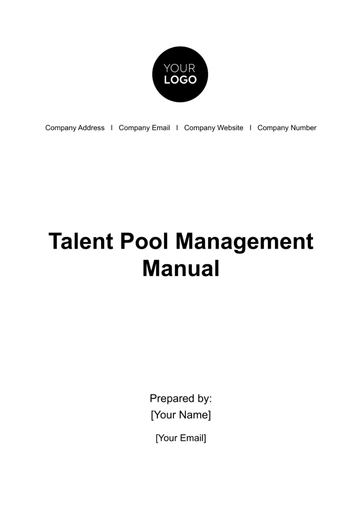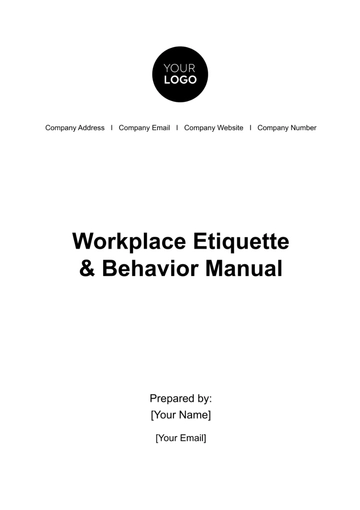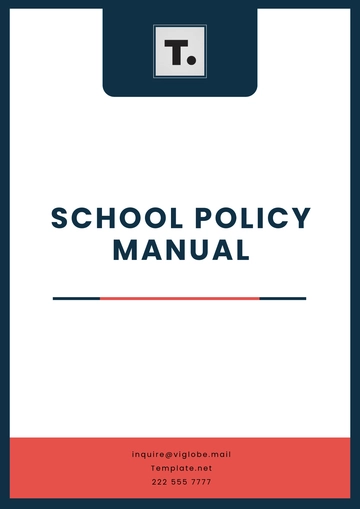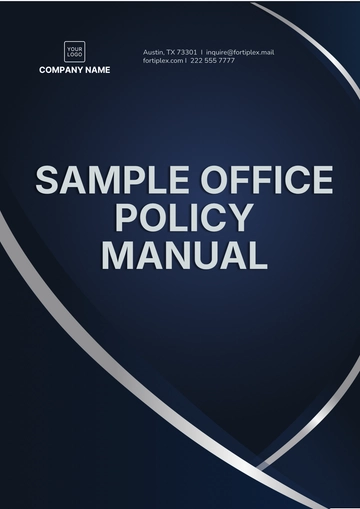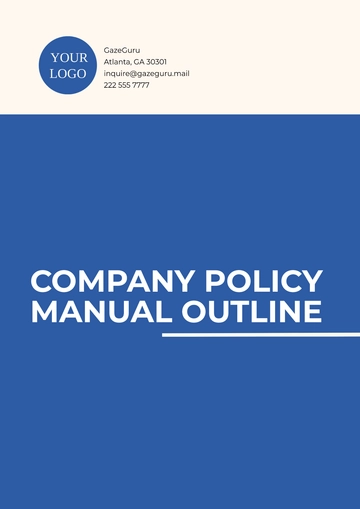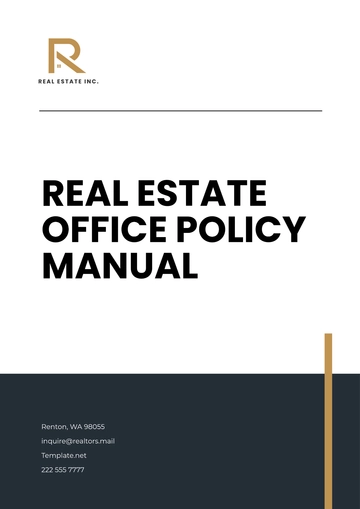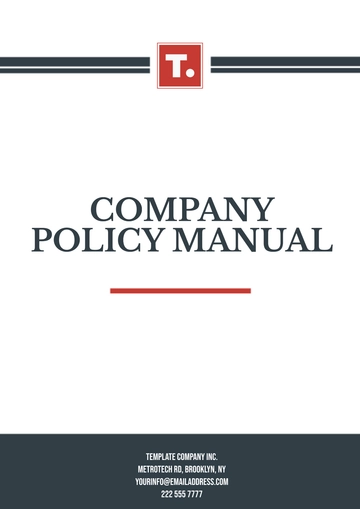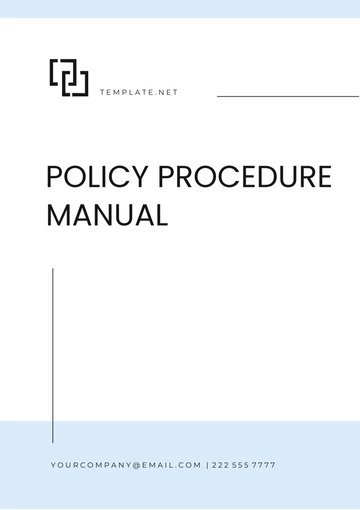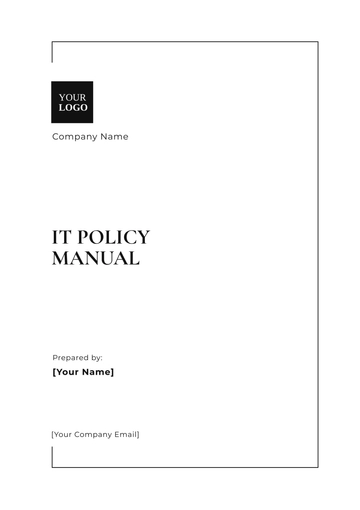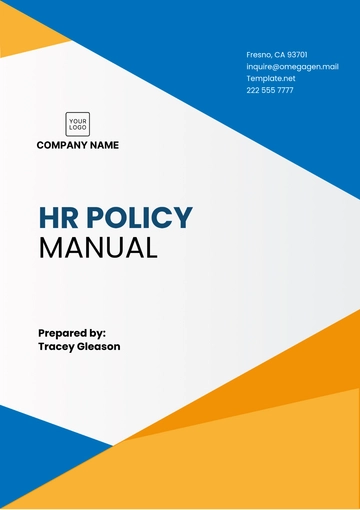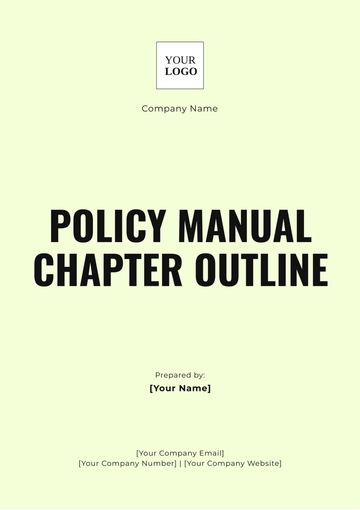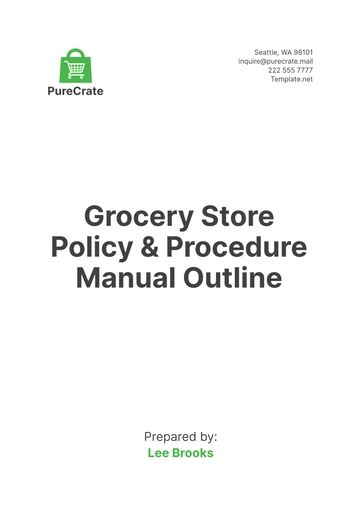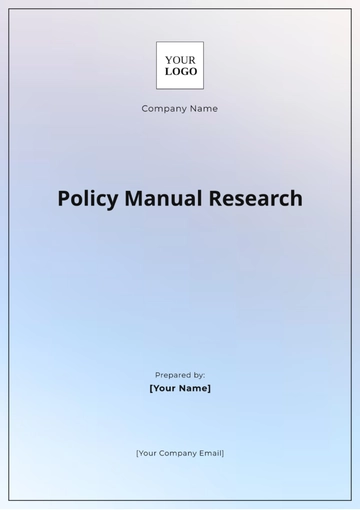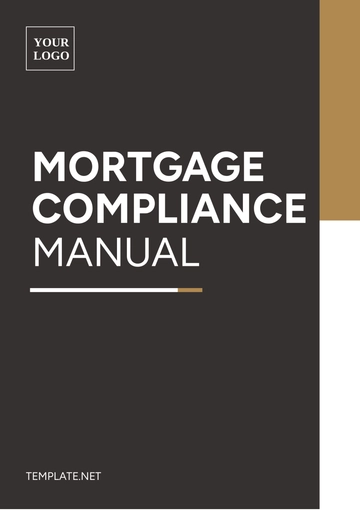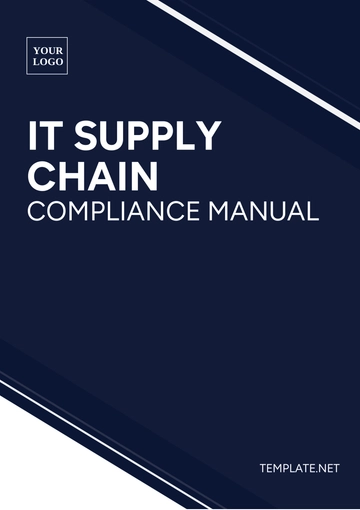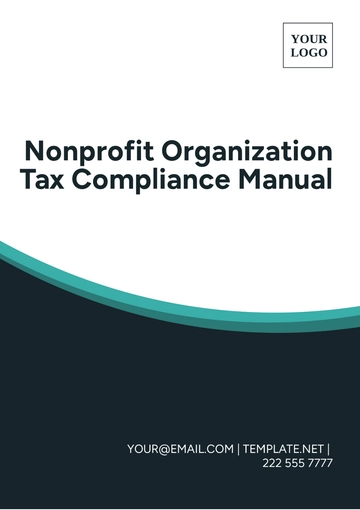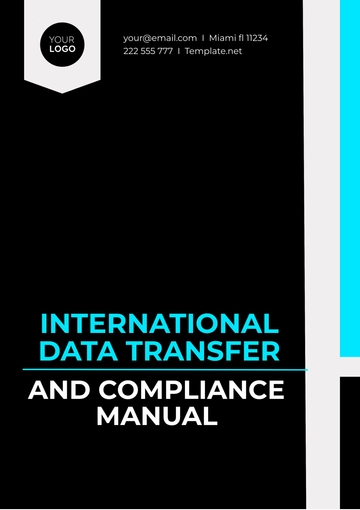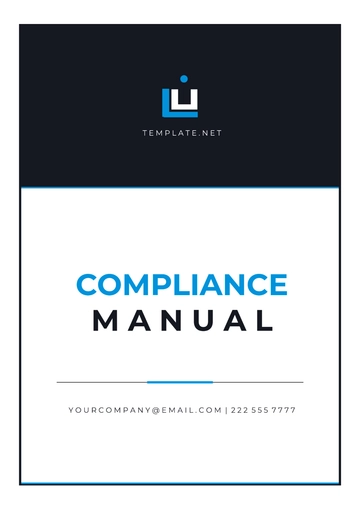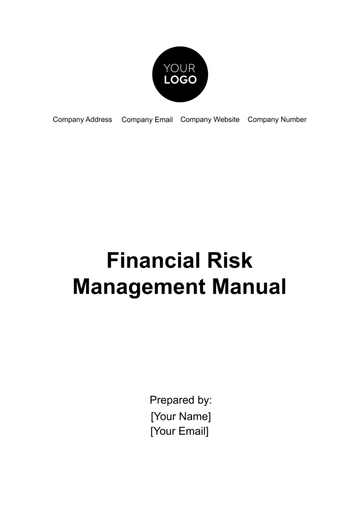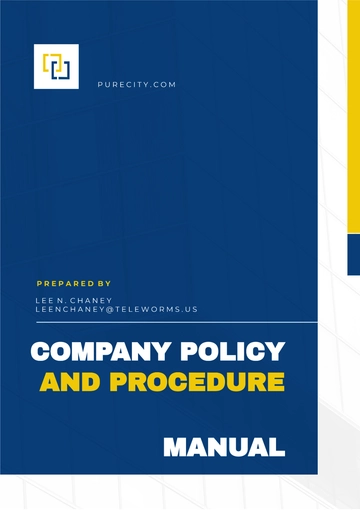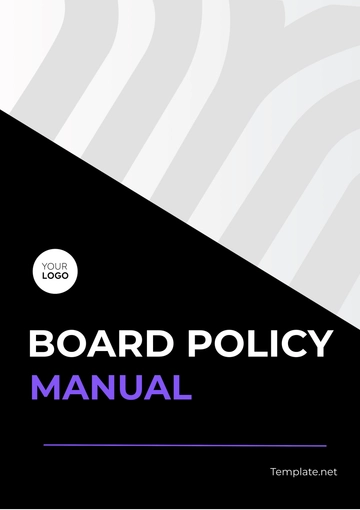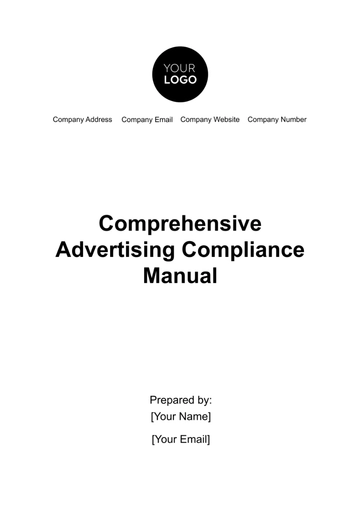Free Legal Case Risk Management Manual
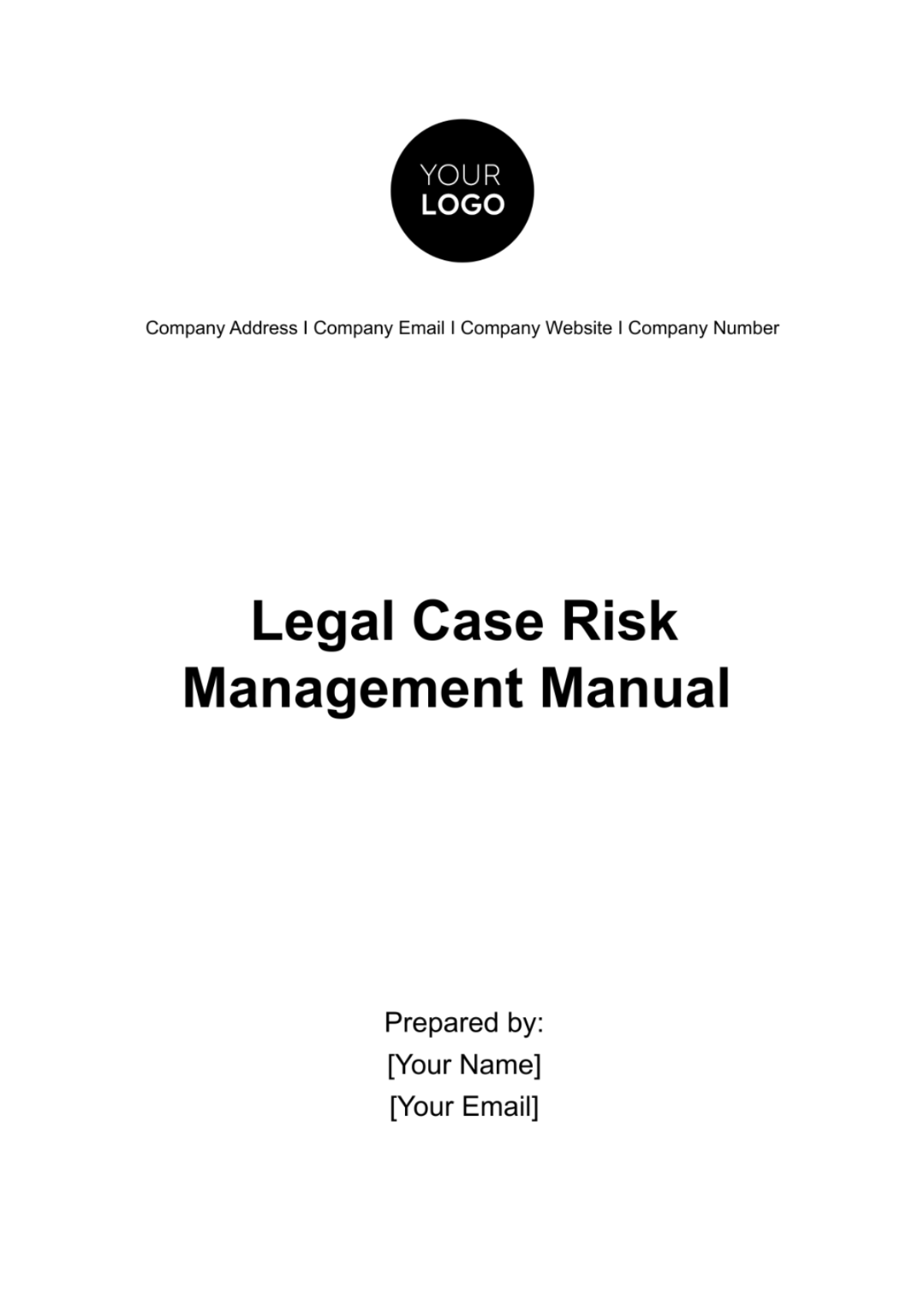
Introduction
Overview of Legal Risk Management
Legal risk management is a crucial aspect of the overall risk management strategy within [Your Company Name]. It involves the identification, assessment, mitigation, and monitoring of legal risks that could impact the company's operations, financial performance, and reputation. Legal risks can arise from various sources including but not limited to litigation, non-compliance with laws and regulations, contractual liabilities, and employment issues.
Purpose of the Manual
This manual aims to provide a comprehensive framework for managing legal risks at [Your Company Name]. It is designed to guide our team through the processes of identifying potential legal threats, assessing their impact, implementing strategies to mitigate these risks, and ensuring continuous monitoring and communication of legal risk exposure.
Target Audience
The primary audience for this manual includes our executive leadership, legal team, compliance officers, department managers, and all employees involved in operations that carry significant legal implications.
How to Use This Manual
To effectively use this manual, readers should begin with a thorough understanding of the foundational concepts presented in the initial chapters and progressively delve into the more advanced strategies and practices. Regular consultation of the manual during the risk management process is encouraged to ensure adherence to best practices and company policies.
Chapter 1: Understanding Legal Risks
Definition of Legal Risks
Legal risks refer to the potential for financial loss, operational disruption, or damage to [Your Company Name]'s reputation stemming from legal actions or non-compliance with laws, regulations, contracts, or other legal obligations.
Types of Legal Risks
Litigation Risks: Risks of legal action from disputes with customers, partners, or competitors.
Compliance Risks: Risks arising from failure to comply with laws, regulations, or industry standards.
Contractual Risks: Risks associated with entering into, managing, and fulfilling contracts.
Operational Risks: Risks that arise from the company’s day-to-day operational activities which could lead to legal challenges.
Impact of Legal Risks on Organizations
Legal risks can have a wide-ranging impact on [Your Company Name], including financial losses from fines and settlements, operational disruptions, and damage to our brand and customer relationships.
Chapter 2: Legal Risk Identification
Steps for Identifying Legal Risks
Conducting Legal Audits: Regular audits to review compliance with laws, regulations, and contractual obligations.
Stakeholder Consultations: Engaging with employees, customers, and partners to identify potential legal issues.
Tools and Techniques for Risk Identification
Legal Risk Assessment Surveys: Distributed across departments to gather insights on potential legal vulnerabilities.
Regulatory Compliance Software: Utilized to track changes in legal and regulatory environments affecting the company.
Creating a Risk Register
Risk ID | Description | Potential Impact | Likelihood | Mitigation Strategies |
|---|---|---|---|---|
01 | Non-compliance with GDPR | High financial penalties, reputational damage | Medium | Implement comprehensive data protection policies |
02 | Contractual disputes with vendors | Financial losses, supply chain disruption | Low | Regular review of contracts, effective communication |
Chapter 3: Legal Risk Assessment and Analysis
Understanding Risk Assessment
Legal risk assessment at [Your Company Name] is a systematic process designed to identify, evaluate, and prioritize legal risks based on their potential impact on the organization and the likelihood of their occurrence. This process involves both qualitative and quantitative analyses to ensure a comprehensive understanding of each risk's potential effects.
Qualitative vs. Quantitative Risk Analysis
Qualitative | Quantitative |
|---|---|
This involves categorizing risks into levels of severity and likelihood based on expert judgment and historical data. For example, risks might be classified as High, Medium, or Low based on their potential impact on [Your Company Name]'s operations, reputation, or finances. | This approach assigns numerical values to the potential impact and likelihood of risks, facilitating a more objective comparison. For instance, the financial impact of a data breach might be estimated based on potential fines, legal costs, and the cost of remediation efforts. |
Risks are prioritized using a risk matrix that plots the likelihood of occurrence against the potential impact. This matrix helps [Your Company Name] focus its resources on managing the most significant risks.
Risk Matrices and Heat Maps
A heat map visually represents the data from the risk matrix, highlighting areas of highest concern in red and areas of lower concern in green. This visual tool is instrumental for [Your Company Name] in quickly identifying and communicating priority risks.
Chapter 4: Legal Risk Mitigation Strategies
General Strategies for Risk Mitigation
[Your Company Name] employs a variety of strategies to mitigate legal risks, depending on their nature and severity. These strategies are designed to prevent legal issues where possible, transfer risk when feasible, and minimize the impact of risks that cannot be avoided.
Preventive Measures: Implementing policies and training programs to prevent breaches of laws and regulations.
Transfer of Risk: Using insurance policies and indemnity clauses in contracts to transfer the financial impact of certain legal risks to third parties.
Contingency Planning: Developing plans to respond to legal issues that do occur, minimizing their impact on operations.
Specific Strategies for Different Types of Legal Risks
Strategy | Details |
|---|---|
Litigation Avoidance Techniques | Including regular legal audits, contract review sessions, and mediation clauses in agreements to resolve disputes before they escalate to litigation. |
Compliance Programs | Establishing comprehensive compliance programs that include regular training sessions, updates to reflect changes in laws and regulations, and mechanisms for employees to report potential compliance issues anonymously. |
Contract Management Practices | Utilizing advanced contract management software to track deadlines, obligations, and renewals, thereby reducing the risk of contractual breaches. |
Operational Adjustments | Making changes to business operations to reduce exposure to legal risks, such as revising employment practices to ensure compliance with labor laws. |
Implementing Risk Controls and Countermeasures
Each department within [Your Company Name] plays a role in implementing risk controls and countermeasures. For example, the IT department may implement data encryption and access controls as part of the strategy to mitigate risks associated with data security, while the HR department focuses on compliance with employment laws through regular training and policy updates.
Monitoring and Review
The effectiveness of these mitigation strategies is regularly monitored through audits, reviews, and feedback mechanisms. Adjustments are made based on the evolving legal landscape and operational changes within [Your Company Name].
Chapter 5: Legal Risk Monitoring and Review
Continuous Monitoring of Legal Risks
At [Your Company Name], continuous monitoring of legal risks is critical to our risk management framework. This process ensures that all identified risks are actively managed and mitigated over time. Through a combination of manual oversight and technological solutions, we aim to maintain a dynamic approach to legal risk management that reflects the current risk landscape.
Key Activities for Continuous Monitoring:
Scheduled Legal Risk Assessments: Every quarter, the legal team conducts comprehensive assessments of all known legal risks using the risk register. This assessment considers new developments in the legal and regulatory environment, changes within our operations, and the effectiveness of our existing mitigation strategies.
Legal Compliance Audits: Bi-annually, [Your Company Name] engages an external law firm to perform a thorough compliance audit. This audit covers all areas of our operations that are subject to legal regulations, including data protection, employment law, and contractual obligations.
Reporting Mechanisms:
Effective communication about our legal risk profile is essential for informed decision-making at all levels of the company. Our reporting mechanisms include:
Monthly Risk Management Dashboard Updates: The risk management team updates a centralized dashboard that tracks the status of all active legal risks, the effectiveness of mitigation strategies, and any new risks that have been identified. This dashboard is accessible to senior management and the board of directors.
Quarterly Risk Reports: A comprehensive report is prepared quarterly by the risk management team. This report includes an overview of the legal risk landscape, detailed analysis of high-priority risks, updates on mitigation efforts, and recommendations for adjustments in our legal risk management strategies.
Periodic Review and Adjustment of Risk Management Practices:
The legal landscape and our operational environment are constantly evolving. To ensure that our risk management practices remain effective, we conduct a comprehensive review of our entire legal risk management framework every two years. This review considers feedback from across the organization, lessons learned from incident responses, and changes in our business model.
Feedback Mechanism:
We employ an internal survey and a series of focus groups to gather feedback from employees at all levels about the effectiveness and comprehensiveness of our legal risk management practices. This feedback is invaluable in identifying areas for improvement.
Role of Technology in Risk Monitoring:
To enhance the efficiency and effectiveness of our risk monitoring efforts, we leverage the following technologies:
Technology | Details |
|---|---|
Regulatory Compliance Software | This software provides real-time alerts on changes in laws and regulations that affect our operations. It's integrated with our internal systems to ensure that relevant departments receive timely updates. |
Risk Management Information System (RMIS) | Our RMIS centralizes risk-related data collection, analysis, and reporting. It features automated risk assessment tools, which help in prioritizing risks based on their potential impact and likelihood. |
Chapter 6: Legal Risk Communication
Effective communication within [Your Company Name] about legal risks and their management is pivotal. It ensures that everyone, from the boardroom to the frontline employees, understands their role in mitigating these risks.
Internal Communication Strategies:
Training Sessions: Regular, targeted training sessions are held for different departments to educate them on relevant legal risks and the company's policies and procedures to mitigate these risks.
Legal Risk Newsletter: A monthly newsletter is distributed company-wide, highlighting recent legal developments, new risks on the horizon, and spotlighting successful risk mitigation efforts.
Crisis Communication Planning:
Crisis communication planning is integral to our legal risk management strategy. It ensures that [Your Company Name] can respond quickly and effectively to legal crises, minimizing potential damage to our reputation and operations.
Crisis Communication Team: This cross-functional team includes members from legal, PR, HR, and operations. They are trained to manage communications during a legal crisis, coordinating closely with senior management.
Prepared Statements and FAQs: For scenarios identified as high-risk, we prepare statements and FAQs in advance. This preparation allows us to respond swiftly and coherently to inquiries from the media, regulators, and other stakeholders during a crisis.
Sample Crisis Communication Plan Excerpt:
Scenario: | Data Breach Incident |
Objective: | Minimize reputational damage and maintain trust with customers. |
Key Messages: | Commitment to transparency, immediate actions taken to secure data, and steps to prevent future breaches. |
Channels: | Press release, website update, social media, internal communication platforms. |
Conclusion
In closing, this Legal Case Risk Management Manual serves as a comprehensive guide for [Your Company Name] in navigating the complex landscape of legal risks. It underscores the importance of a proactive, informed, and strategic approach to legal risk management. Through continuous monitoring, effective communication, and periodic review, we can not only mitigate risks but also turn potential challenges into opportunities for strengthening our business.
The Future of Legal Risk Management:
As we look forward, [Your Company Name] will continue to invest in technologies and methodologies that enhance our legal risk management capabilities. We will stay abreast of emerging trends, such as AI and machine learning, for predictive risk analysis and blockchain for secure and transparent contract management.
Our commitment to legal risk management is unwavering, as it is fundamental to our operational integrity, reputation, and long-term success. We will continue to refine our practices, learn from our experiences, and adapt to the ever-changing legal and business environments.
- 100% Customizable, free editor
- Access 1 Million+ Templates, photo’s & graphics
- Download or share as a template
- Click and replace photos, graphics, text, backgrounds
- Resize, crop, AI write & more
- Access advanced editor
Introducing the Legal Case Risk Management Manual Template by Template.net. Mitigate legal risks effectively with this customizable and editable resource. Utilize our Ai Editor Tool to tailor the manual to your firm's specific needs effortlessly. Enhance risk assessment and management strategies for better outcomes. Simplify risk mitigation efforts with this essential resource. Equip your team with the tools needed for proactive risk management.
